Garlic, a culinary staple in kitchens worldwide, is prized for its pungent flavor and aromatic qualities. Whether you’re a home cook or a professional chef, having peeled garlic ready to use can streamline meal preparation. However, storing peeled garlic correctly is crucial to prevent spoilage, maintain its taste, and avoid waste. This article explores science-backed methods, common pitfalls to avoid, and creative solutions to keep your peeled garlic fresh for weeks or even months.
Why Proper Storage Matters
Peeled garlic cloves lose their protective outer layer, making them vulnerable to moisture, light, and air. Exposure to these elements accelerates spoilage, causing garlic to dry out, sprout, or become bitter. Improper storage can also lead to the growth of mold or bacteria, which poses health risks. By understanding the enemies of garlic freshness—oxygen, humidity, and heat—you can adopt strategies to counteract them.
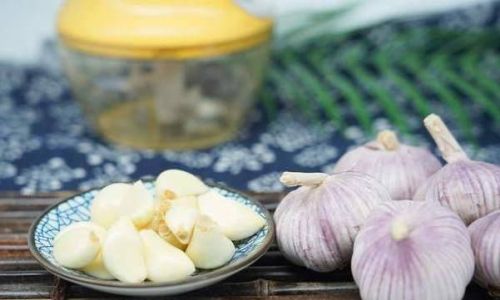
Method 1: Refrigeration – The Short-Term Solution
Refrigerating peeled garlic is a quick fix for preserving freshness for up to two weeks. Here’s how to do it right:
- Dry Thoroughly: After peeling, pat the cloves dry with a clean towel. Excess moisture encourages bacterial growth.
- Airtight Containers: Place the cloves in a glass or plastic container with a tight-fitting lid. Mason jars or reusable silicone bags work well.
- Absorb Moisture: Line the container with a paper towel to absorb any residual humidity.
- Location: Store in the crisper drawer, where temperatures are slightly cooler and more stable.
Pro Tip: Avoid storing garlic near onions, as both release gases that accelerate spoilage.
Method 2: Freezing – The Long-Term Game Changer
Freezing peeled garlic extends its shelf life to six months or more. Follow these steps for optimal results:
- Preparation:
- Minced or Whole: Chop cloves into desired sizes (minced, sliced, or whole) before freezing.
- Flash Freeze: Spread pieces on a baking sheet lined with parchment paper. Freeze for 1–2 hours to prevent clumping.
- Packaging: Transfer to freezer-safe bags or containers. Remove excess air to prevent freezer burn.
- Labeling: Date the packages to track freshness.
Pro Tip: Frozen garlic doesn’t require thawing—add it directly to hot dishes like soups or stir-fries.
Method 3: Oil Infusion – Flavor-Packed Convenience
Submerging peeled garlic in oil creates a versatile ingredient while inhibiting bacterial growth. Follow safety guidelines to avoid botulism risks:
- Oil Selection: Use high-quality olive oil or another neutral oil.
- Sterilization: Ensure jars and tools are sanitized.
- Packing: Fill jars with garlic cloves, cover completely with oil, and seal tightly.
- Storage: Refrigerate for up to one month. Use within four days after opening.
Warning: Never store garlic-in-oil at room temperature, as it creates an anaerobic environment ideal for Clostridium botulinum, the bacteria causing botulism.
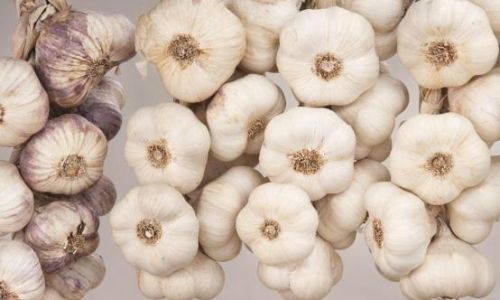
Method 4: Vacuum Sealing – Airtight Perfection
Vacuum sealers remove oxygen, slowing oxidation and microbial growth. Steps:
- Portion Control: Divide garlic into meal-sized portions.
- Sealing: Use vacuum-seal bags or rolls. Remove air completely.
- Storage: Freeze or refrigerate. Vacuum-sealed garlic lasts 2–3 weeks in the fridge and up to a year frozen.
Pro Tip: Add a pinch of salt to minced garlic before sealing to enhance flavor and preservation.
Method 5: Dehydration – Shelf-Stable Storage
Dehydrating garlic removes moisture, creating a pantry-stable ingredient.
- Preparation: Slice cloves thinly or use a food dehydrator.
- Drying: Spread on trays and dry at 115°F (46°C) for 8–12 hours until brittle.
- Storage: Store in airtight jars in a cool, dark place. Rehydrate before use or grind into powder.
Pro Tip: Dehydrated garlic flakes are perfect for rubs, marinades, and spice blends.
Method 6: Pickling – Tangy and Preserved
Pickling garlic in vinegar or brine offers a unique flavor profile and long shelf life.
- Brine Preparation: Boil equal parts vinegar and water with salt and sugar.
- Packing: Sterilize jars and fill with garlic cloves. Pour hot brine over them, leaving ½-inch headspace.
- Processing: Seal jars and boil in a water bath for 10 minutes.
- Storage: Store in a cool, dark place for up to a year.
Pro Tip: Add herbs, peppers, or spices to the brine for custom flavors.
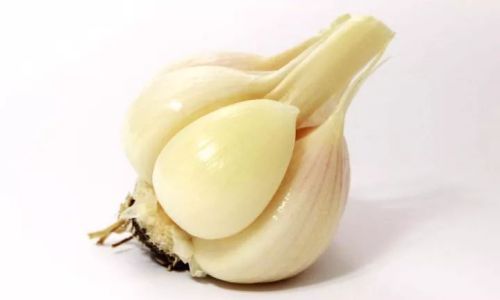
Common Mistakes to Avoid
- Storing at Room Temperature: Peeled garlic spoils quickly without refrigeration or freezing.
- Using Damp Containers: Moisture accelerates mold growth—always dry containers thoroughly.
- Ignoring Odors: Garlic absorbs strong smells—keep it away from onions, cheese, or spices.
- Overcrowding: Leave space between cloves to ensure even cooling and airflow.
- Reusing Contaminated Oil: Discard oil used for storing garlic to prevent bacterial growth.
Creative Uses for Stored Peeled Garlic
Preserved garlic isn’t just for sautés—try these ideas:
- Infused Oils: Blend frozen garlic with herbs for DIY flavored oils.
- Garlic Butter: Mix minced garlic with softened butter; freeze in logs.
- Roasted Garlic Puree: Roast frozen cloves and blend with olive oil for a creamy spread.
- Garlic Confit: Slow-cook cloves in oil until golden for a caramelized treat.
The Science Behind Garlic Spoilage
Garlic contains enzymes like alliinase, which react with oxygen to produce allicin—the compound responsible for its pungency. When exposed to air, this reaction intensifies, leading to bitterness. Freezing halts enzyme activity, while oil creates a barrier against oxygen. Dehydration removes moisture, preventing microbial growth.
FAQs About Storing Peeled Garlic
Q: Can I store peeled garlic in water?
A: No—water promotes bacterial growth. Pat cloves dry before storing.
Q: How long does frozen garlic last?
A: Up to six months when vacuum-sealed; quality diminishes after that.
Q: Is discolored garlic safe to eat?
A: Green sprouts or blue-tinged cloves are harmless but may taste bitter. Remove sprouts before use.
Q: Can I freeze garlic in its original skin?
A: Yes, but peeling after thawing is tedious. Pre-peeling saves time.
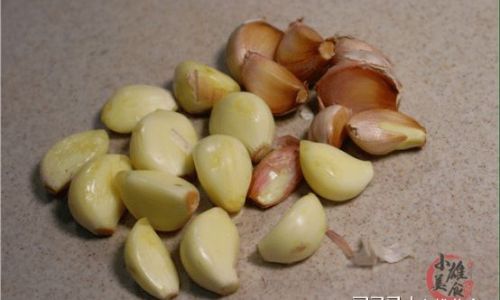
Q: Does freezing affect garlic’s flavor?
A: Freezing may mellow the pungency slightly, but it’s negligible in cooked dishes.
Conclusion
Storing peeled garlic doesn’t require fancy equipment—just an understanding of its enemies and allies. Whether you opt for the quick fix of refrigeration, the long-term freeze, or the flavor boost of oil infusion, consistency is key. Experiment with these methods to find what suits your kitchen routine best. By mastering garlic preservation, you’ll reduce waste, save time, and ensure this culinary powerhouse is always at your fingertips. Say goodbye to shriveled cloves and hello to perfectly preserved garlic, ready to elevate every dish.

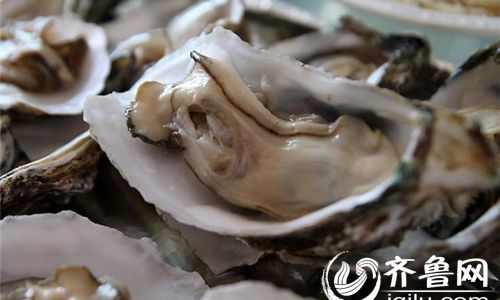



0 comments